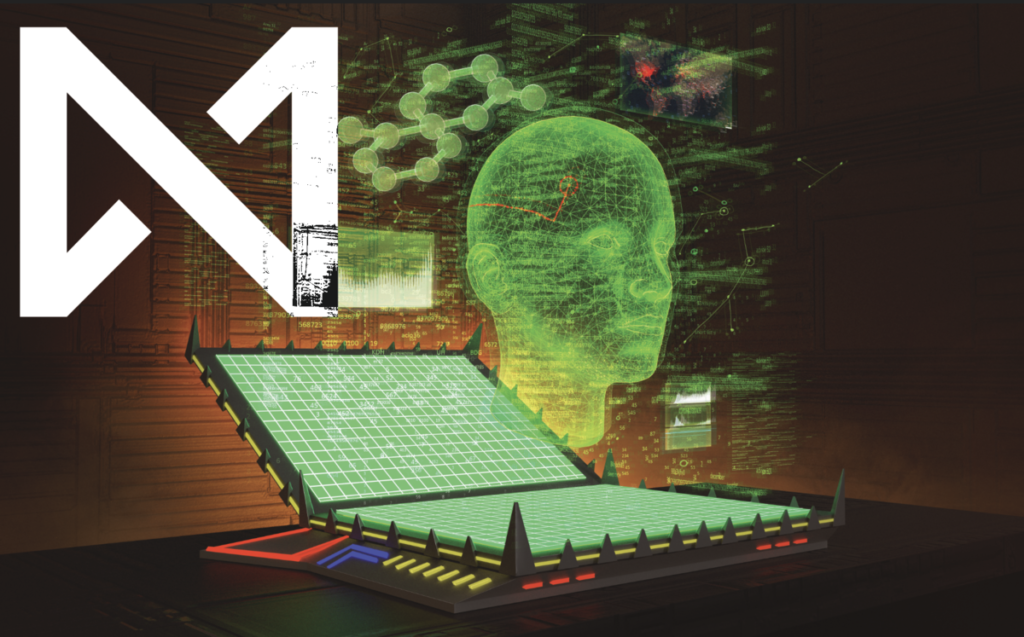While we in the NISEI Rules Team have released a couple of new resources for learning the game, we know experienced players want all the details of what’s changing, especially those of you playing in events this weekend. We’re still working hard to get Comprehensive Rules version 1.5 and some other documents ready for you, but in the meanwhile, here’s a summary of the most important gameplay-affecting changes.
Consoles
This change didn’t make it into our article during preview season, but you may have noticed it on the quick-reference cards included in the System Gateway Deckbuilding Pack: Having a console installed no longer forbids the Runner from installing another one. Instead of their own idiosyncratic rule, consoles now work just like unique cards: there’s no restriction on installing them, but if more than one is ever installed at the same time, all but the most recent one are trashed at the next checkpoint. Note that trashing your old console happens after the new one finishes installing, so you won’t run out of MU during the process.

Navi Mumbai City Grid
With bioroids and cards like Imp having their abilities reformulated as paid abilities, one fairly-niche upgrade stands to get a massive buff if its original wording is left intact. While many older cards will be receiving wording updates, Navi Mumbai City Grid is perhaps the most significant one in Standard, so here’s the new text to expect for it:
During runs on this server, the Runner cannot use paid abilities on their installed cards except for mid-access abilities and abilities on icebreakers.
Limit 1 region per server.
We chose this text to balance between maintaining the functionality of the card under previous rules and not making the text too cumbersome by listing off every card that would previously have gotten around it. Notably, bioroids are not the Runner’s cards, so they still aren’t affected by Navi Mumbai City Grid’s restriction. The Runner’s identity is not an installed card, so a Runner playing Quetzal: Free Spirit can still use their ability against Navi Mumbai City Grid, though DJ Fenris hosting Quetzal cannot be used. “Mid-access abilities” refers to abilities with the “Access →“ flag such as Imp, and these abilities also get around the effect.
Timing of a Run
We’ve cleaned up the timing steps of a run significantly. See below for the full chart, but first I want to highlight the biggest functional implications of the changes.

First, the Runner’s opportunity to jack out has moved from the Approach Ice Phase to the Movement Phase. If you’re following step-by-step and run into Letheia Nisei or a similar effect, you might get caught by the lack of a jack out window once the Runner is bumped back to the beginning of the server. We will be issuing errata to Letheia and all other cards that force the Runner to approach a position so that their abilities give an explicit opportunity to jack out as part of the effect itself.
Corps, rez your defensive upgrades and use your Nisei MK II counters during step 4e!
Secondly, the sequence of events after passing the last piece of ice protecting the attacked server has moved around a bit. Notice in the Movement Phase that the Runner’s last chance to jack out is now before they approach the server, as is the final rez and paid ability window. Corps, rez your defensive upgrades and use your Nisei MK II counters during step 4e! Once the Runner approaches the server, it’s too late to do anything else except resolve your conditional abilities.
The abilities on the System Gateway upgrades Manegarm Skunkworks and Anoetic Void were written with these changes in mind, so they are working as intended under the new timing steps.
Finally, the more technically-minded players may notice the lack of any explicit checkpoint steps in the new timing sequence. Under the new rules, we don’t need to call out explicit checkpoints, because each itemized step now counts as an instruction. So conditional abilities can meet their trigger conditions and resolve in between steps, or at appropriate times in the middle of a step (such as when conditions are met while resolving subroutines or breaching the attacked server).
Without further ado, here’s the full, unsimplified run timing chart. As always, (P) on a paid ability window represents that players can trigger their paid abilities, and (R) represents that the Corp can rez non-ice cards. Additionally, since there are too many different windows to note in which an “end the run” effect can fire, if an effect causes the run to end, move to the Run Ends Phase (6).
- Initiation Phase
- The Runner announces the attacked server.
- The Runner gains bad publicity credits.
- The run begins.
- Is there ice protecting the server?
- YES: The Runner’s position moves to the outermost piece of ice. Continue to (2).
- NO: Go to (4).
- Approach Ice Phase
- The Runner approaches the ice at their position.
- Paid ability window: (P) (R) and the Corp can rez the ice at the Runner’s position.
- Is the ice at the Runner’s position rezzed?
- YES: Continue to (3).
- NO: Go to (4).
- Encounter Ice Phase
- The Runner encounters the ice at their position.
- Paid ability window: (P) and subroutines on the encountered ice can be broken.
- The Corp resolves unbroken subroutines.
- Continue to (4).
- Movement Phase
- If the run got here from (2) or (3), the Runner passes the ice in their position.
- Paid ability window: (P)
- The Runner may jack out.
- If there is ice between the Runner’s current position and the server, the Runner’s position moves to the next inward ice.
- Paid ability window: (P) (R)
- Did the Runner move to a new piece of ice?
- YES: Return to (2).
- NO: The Runner approaches the server. Then, continue to (5).
- Success Phase
- The run is declared successful.
- The Runner breaches the attacked server. (Access cards)
- Continue to (6).
- Run Ends Phase
- Close/resolve any open priority windows from before “end the run.”
- The Runner loses any unspent bad publicity credits.
- If the run did not reach (5), it is declared unsuccessful.
- The run is complete.
Coming Up Next
We have several more rules documents releasing in the coming days and weeks, just as soon as they’re ready. Here’s what to expect:
- NISEI Comprehensive Rules update 1.5, which will formalize the changes discussed here and in our previous article, as well as cleaning up and reorganizing lots of other rules.
- Version 1.0 of the NISEI Official Card Text Updates, now split off into its own document rather than an increasingly-large appendix of the Comprehensive Rules. The material here will also be integrated into the NetrunnerDB card data shortly after it comes out.
- The System Gateway/System Update 2021 Release Notes, which will contain friendly walk-throughs of all the changes we made in the previous two documents as well as Q&A about the cards in both sets.
- A new document we’re tentatively calling the Player’s Guide, which will serve as an in-between rules resource for players that need something more complete and easier to reference than the Learn-to-Play guides, but without getting into all the under-the-hood machinery and technical language of the Comprehensive Rules.
In the meanwhile, you can always send questions to us on Twitter at @NISEI_Rules or by sending e-mail to rules@nullsignal.games.

